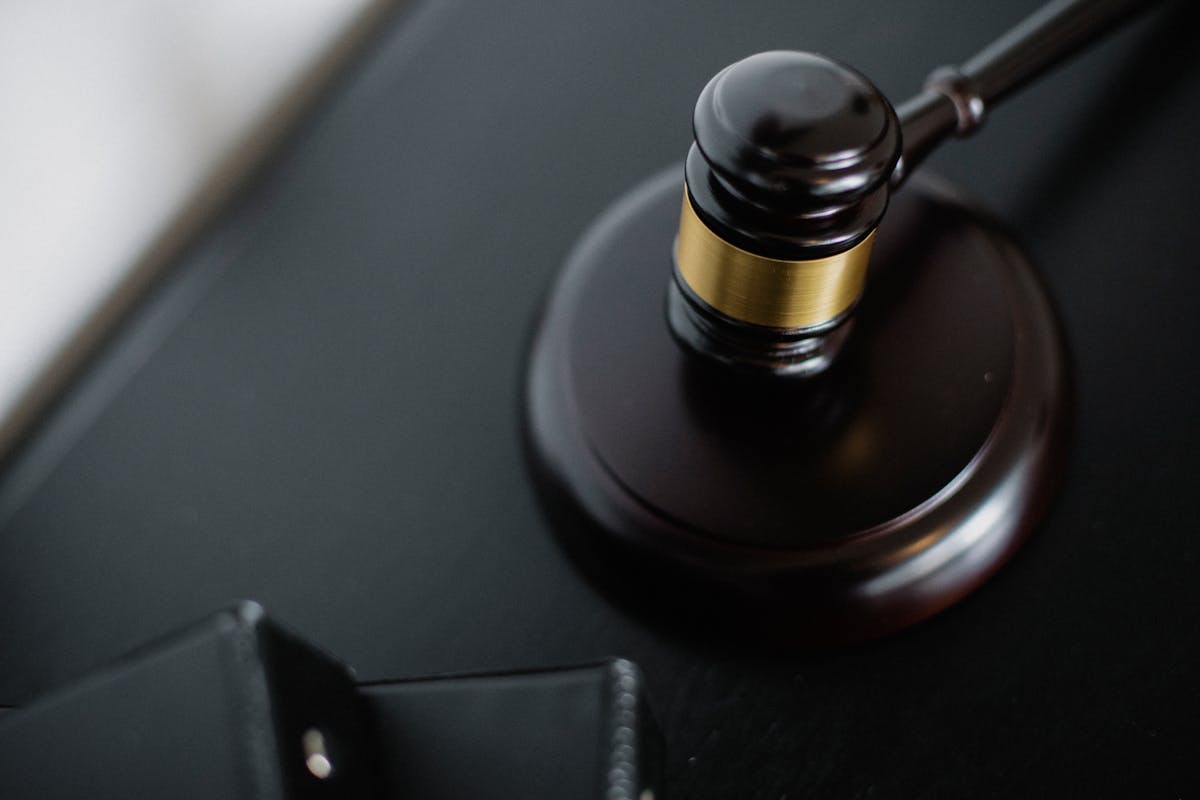AI and Legal Liability in 2025: How Technology is Changing the Law
In 2025, artificial intelligence (AI) is no longer a futuristic concept — it’s a daily reality shaping industries, influencing decisions, and even replacing certain human roles. From autonomous vehicles to AI-driven healthcare diagnostics and automated financial trading, AI has become deeply embedded in modern life. But with this integration comes an urgent question: when an AI system causes harm, who is legally responsible?
The intersection of AI and legal liability has created one of the most complex challenges for lawmakers and courts in the 21st century. As machines gain more autonomy, determining accountability—whether it lies with the developer, user, or the AI itself—has become a global legal debate. This article explores how liability laws are evolving in 2025 to adapt to these new technological realities.

AI’s Growing Influence on Legal Systems
AI systems are now drafting contracts, analyzing case law, and even predicting judicial outcomes. However, their decision-making processes often lack transparency—a phenomenon known as the black box problem. When an AI’s action results in a biased judgment, a financial error, or even physical harm, assigning liability becomes more complicated than ever.
How AI Is Redefining Legal Responsibility
Traditionally, legal liability rests on human intent or negligence. For example, if a driver causes an accident, the law attributes responsibility to the driver. But in the case of a self-driving car, where the “driver” is an AI system, the traditional framework no longer applies.
In 2025, many jurisdictions are shifting toward shared or hybrid liability models. These frameworks distribute responsibility among multiple parties—manufacturers, software developers, data providers, and end-users—depending on the degree of control and foreseeability.
For instance, in California’s updated AI Liability Act of 2025, companies must prove that they implemented sufficient safety and bias prevention protocols to avoid being held strictly liable for AI-related harm. This marks a major shift from older negligence-based systems.

As more cases emerge, courts are now establishing precedents that will shape the next generation of AI regulation, ethics, and justice. In essence, AI isn’t just changing how we live—it’s changing how we define responsibility itself.
AI Liability in Healthcare: Who’s Responsible When Machines Diagnose?
The healthcare sector has been one of the biggest adopters of artificial intelligence in 2025. AI-driven diagnostic systems can now detect early signs of cancer, predict heart conditions, and recommend personalized treatment plans faster than any human doctor. But when an AI makes a wrong diagnosis or fails to detect a disease, the question of who is liable becomes legally complex.
According to the U.S. Medical AI Accountability Framework (MAIAF 2025), liability depends on the origin of the error. If the algorithm was poorly trained or used biased datasets, responsibility often falls on the developer or the company that deployed it. However, if the medical professional relied on the AI without exercising due diligence, they may share liability.
This shared liability model aims to ensure fairness while encouraging innovation. Hospitals and developers are now required to maintain audit trails that record every AI-generated recommendation, enabling transparency in future legal disputes.

As AI becomes more involved in critical patient care, medical malpractice insurance providers are also adjusting their coverage models. Some now offer specialized AI malpractice insurance to protect healthcare institutions from algorithmic failures.
Autonomous Vehicles and Legal Accountability
Self-driving cars have long symbolized the promise and peril of AI. By 2025, autonomous vehicles (AVs) are responsible for millions of commutes every day across the U.S. While they have reduced human error, they’ve also introduced new categories of legal challenges in accidents involving software or sensor malfunctions.
When an AV causes a crash, courts must determine whether the fault lies with the software, the hardware manufacturer, or the operator who activated the system. In the U.S., the National Autonomous Vehicle Responsibility Act (NAVRA 2025) has established clear distinctions:
- Level 4–5 autonomy: Full manufacturer liability unless the vehicle was tampered with.
- Level 2–3 autonomy: Shared liability between user and manufacturer based on negligence.
- AI self-learning errors: The developer assumes partial liability if proven foreseeable.
This evolution in legislation underscores how the law adapts to technology’s rapid growth. Legal experts are predicting that by 2030, dedicated AI traffic courts may exist to handle the complexities of algorithm-based driving disputes.

AI in Finance: Algorithmic Trading and Liability Risks
In 2025, artificial intelligence has completely transformed the financial sector. Banks, hedge funds, and even retail investors rely on AI-driven algorithms to make instant trading decisions worth billions of dollars. While this automation has increased efficiency, it has also introduced new forms of legal exposure.
When an algorithm makes a decision that causes massive financial losses or manipulates the market, regulators face the challenge of determining who is at fault — the trader, the institution, or the AI itself. The U.S. Securities and Algorithmic Fairness Act (SAFA 2025) now requires all financial AI systems to include an explainability module capable of logging decision-making criteria.
This ensures transparency and helps assign responsibility when a malfunction or unethical pattern occurs. Firms that fail to maintain adequate AI governance can face fines exceeding $10 million per incident.

Legal experts predict that by 2026, financial regulators like the SEC will require AI auditing certifications for all firms engaging in algorithmic trading — a move designed to reduce systemic risk and improve accountability.
Employment Law and AI: Who Owns the Decisions?
AI is also reshaping employment law in 2025. From recruitment to employee evaluations, automated decision-making tools are increasingly used to determine who gets hired, promoted, or terminated. But when an AI system discriminates or unfairly denies employment, the liability chain becomes blurred.
The AI Fair Employment Act (AIFEA 2025) was introduced to address exactly this issue. Employers are now legally obligated to ensure their AI tools comply with anti-discrimination standards and provide transparency in automated hiring processes. Failure to do so may result in lawsuits or class actions under federal civil rights law.
For example, in 2025, several large corporations faced multimillion-dollar settlements after their AI recruitment systems disproportionately rejected candidates from minority groups. These cases have sparked a nationwide movement demanding algorithmic accountability in the workplace.

Moving forward, AI-related labor disputes will likely dominate employment courts. Attorneys specializing in digital labor law are already emerging as one of the fastest-growing legal professions in the United States.
AI in Criminal Justice: When Algorithms Decide Human Fate
One of the most controversial areas of AI legal liability in 2025 lies within the criminal justice system. Courts across several U.S. states now use AI-powered sentencing and risk assessment tools to evaluate defendants and predict recidivism rates. While these systems were created to ensure objectivity, they’ve also been accused of perpetuating bias and discrimination.
For instance, the Predictive Sentencing System (PSS) deployed in multiple states came under fire after studies revealed racial disparities in its sentencing predictions. The resulting lawsuits have prompted a reevaluation of what constitutes “fair use” of AI in the courtroom.
In 2025, the AI Judicial Fairness Act introduced new guidelines requiring that all AI-based judicial systems undergo third-party audits and publish transparency reports. Failure to comply may result in suppression of AI-based evidence or reversal of verdicts.

These changes are redefining accountability in the justice system. When an algorithm’s recommendation leads to wrongful imprisonment or biased outcomes, victims now have the right to sue both the government agency and the algorithm’s developer.
Intellectual Property and AI Ownership: Who Owns AI-Created Work?
In 2025, another major legal battleground is intellectual property (IP). With AI systems now generating music, art, software code, and even literature, a critical question has emerged: who owns the copyright?
U.S. law traditionally requires “human authorship” for copyright protection. However, recent court rulings have begun to acknowledge AI-assisted creations. The AI Intellectual Property Act (AIPA 2025) now defines a new legal category — AI-coauthorship — allowing rights to be shared between developers and users.
Disputes have also arisen over training data. Artists and photographers have filed multiple lawsuits against companies whose AI models used their copyrighted works without consent. These landmark cases are setting the tone for global debates about data ownership, consent, and creative credit.

As AI becomes more autonomous in content creation, the concept of authorship itself is being redefined. The coming years may witness the introduction of “digital personhood” — granting limited legal recognition to AI creators under specific circumstances.
The Future of AI Regulation: Global Cooperation and Legal Frameworks
As artificial intelligence continues to evolve, global policymakers are recognizing the urgent need for unified regulatory frameworks. The fragmented nature of AI laws across countries has created major challenges for cross-border accountability and enforcement.
In 2025, international organizations such as the OECD and United Nations launched joint initiatives to establish global AI liability standards. These initiatives aim to define minimum safety protocols, transparency requirements, and ethical obligations for companies developing or deploying AI systems.
The European Union’s AI Act 2025 remains one of the most influential pieces of legislation worldwide, setting strict standards on risk classification, data transparency, and user rights. The U.S., on the other hand, continues to take a sector-based approach, focusing on finance, healthcare, and defense.
Experts believe the next step will be the creation of an international AI Legal Registry — a public database documenting AI systems’ developers, purposes, and compliance levels — ensuring greater accountability for both private and public entities.

Conclusion: The New Legal Frontier of Artificial Intelligence
The rise of artificial intelligence has transformed not only industries but also the foundations of modern law. In 2025, legal systems worldwide are facing an unprecedented challenge — defining responsibility in a world where machines can act independently.
From healthcare and finance to autonomous vehicles and employment, AI has blurred the lines of accountability and forced governments to rethink centuries-old doctrines of negligence, causation, and intent.
For legal professionals, this shift presents both a challenge and an opportunity. Attorneys who understand AI governance, data ethics, and liability frameworks are becoming some of the most in-demand specialists in the U.S. legal market.
As we move toward 2030, the question is no longer whether AI will be regulated, but how fairly and effectively that regulation will be implemented. The balance between innovation and accountability will define the next era of justice in the age of intelligent machines.

